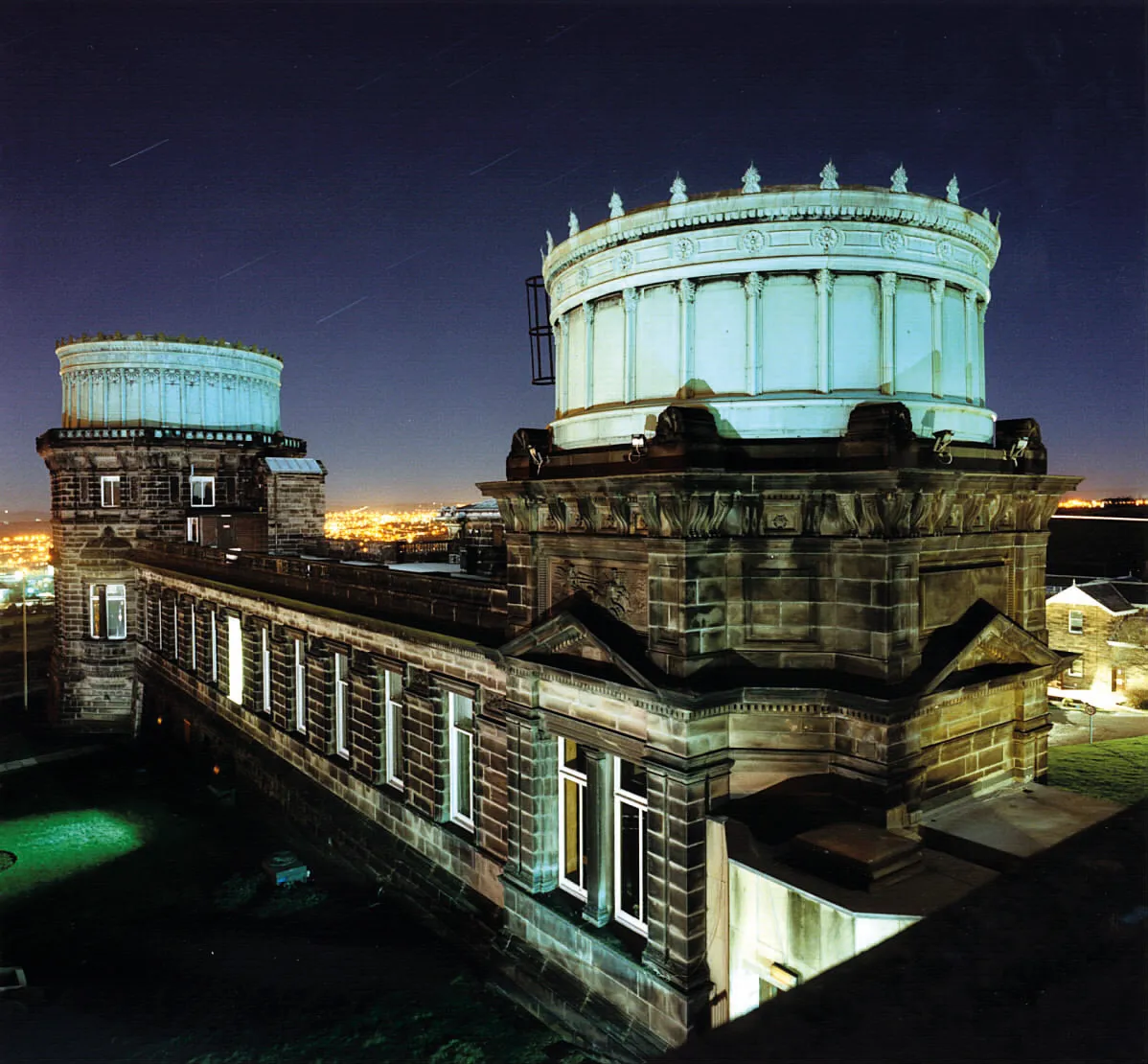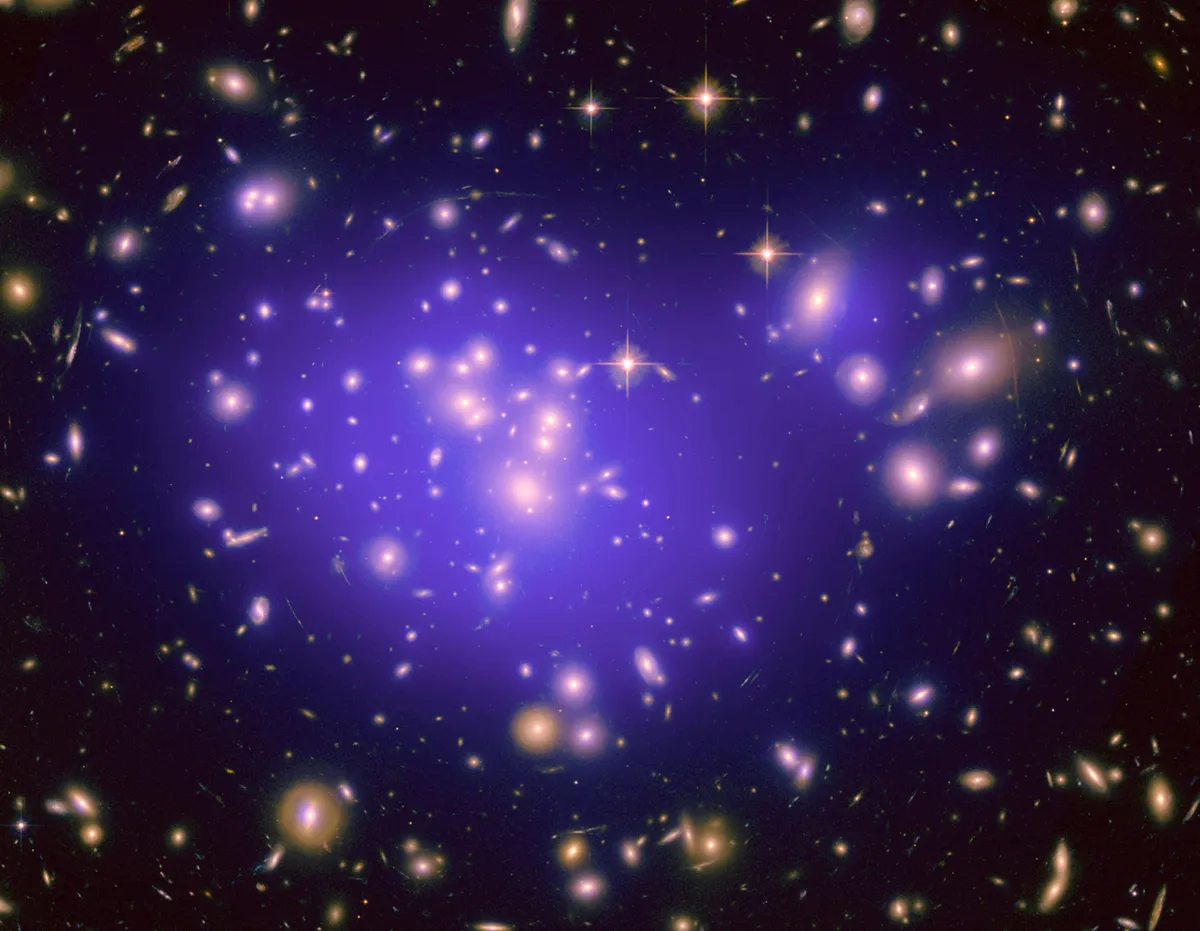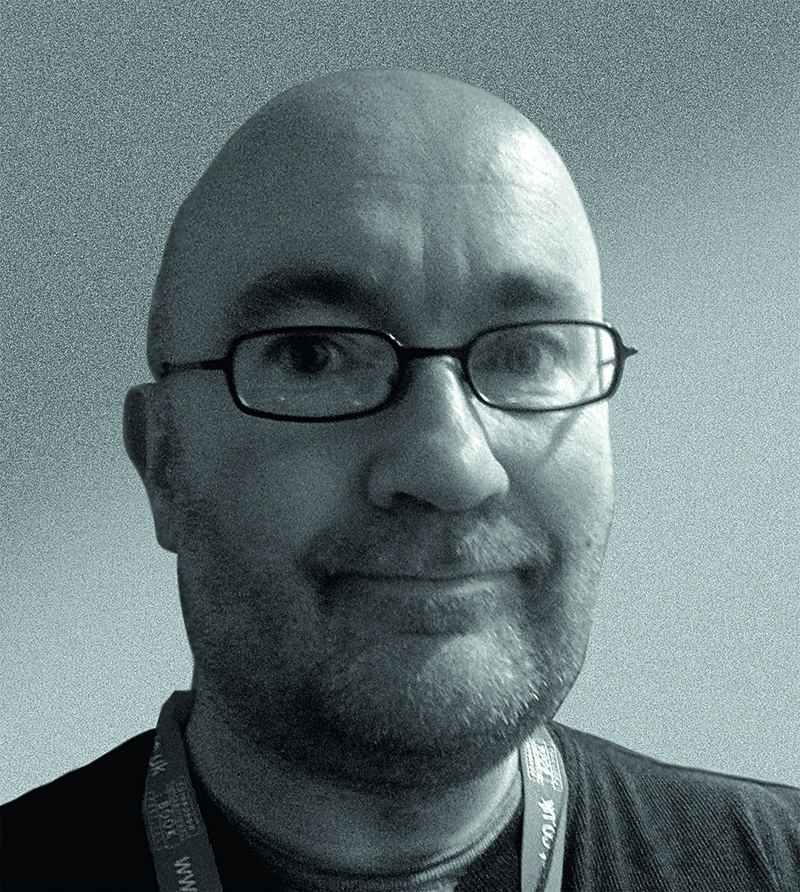Prof Catherine Heymans is the new Astronomer Royal for Scotland and an expert on dark energy and dark matter.
As Professor of Astrophysics at the University of Edinburgh, Heymans' astronomical interest lies in finding clues that might reveal the truth behind the elusive 'dark Universe', which makes up 95% of all matter.
The Astronomer Royal for Scotland role goes all the way back to 1834, and Prof Heymans is the first woman to ever be appointed.
So what does Scotland's Astronomer Royal do, and what is Catherine Heymans looking forward to most about taking up the historic role?
We spoke to her to find out what lies ahead.

How were you appointed Astronomer Royal for Scotland?
After [the previous holder] John Brown sadly passed away in 2019, the Scottish Universities Physics Alliance, a network of all the Physics Departments in Scotland, started talking about it.
Then they involved the Royal Society of Edinburgh, who convened an international panel.
They looked at all of the astronomers in Scotland, created a shortlist and contacted all of us to ask if this was something we would be interested in.
I wrote back saying, "Of course!" And put together a 'vision document' of what I’d like the role to be.
I guess the panel liked my vision, because they asked if would I like to be recommended to The Queen? I said yes, and the Queen wrote back saying she was happy with the recommendation, so there we go.
How do you see your new role developing?
Well, the job description is blank. It’s really exciting for me to be able to say what I think the job will be.
Also, I’m reaching out to all of the amateur astronomers and professional astronomers in Scotland and across the UK to ask what they want the Astronomer Royal for Scotland to do.
There are so many fantastic ideas out there, so many passionate people: our UK amateur astronomy societies have grown in size immensely over lockdown.
Because we couldn’t explore geographically, people instead started looking up and out into the Universe – so, let’s capitalise on that.

How important is it to you being the first woman to take on the role?
I’ve had so many lovely emails from people just saying how important it is to them to see this role – which has always been held by men – finally being held by a woman.
It shows that female astronomers are out there. We exist!I’m the 11th Astronomer Royal for Scotland; that’s one out of 11.
If you look at the percentage of female professors in physics, it’s about that ratio as well. There’s this cultural perception that physics is not for girls, and the more visible women we can have out there, the better.
What attracted you to the ‘dark universe’?
During my undergraduate course in physics at the University of Edinburgh, we were getting a bit bogged down in it, and our lecturer said: "Let’s just take a break, because a really exciting scientific paper has come out today."
He took us through Adam Riess’s first evidence that the expansion of the Universe is actually accelerating.
We came out of that lecture absolutely buzzing. I just thought: Yeah, I want to do a PhD to solve what this dark energy is. Honestly, how naive!

It didn’t quite work out then…
My PhD was on gravitational lensing, which you can use to look at the gravitational effects of dark matter, how it’s changing over time and how that tells you what the dark energy is doing.
I didn’t solve dark matter and dark energy, of course, but my PhD was setting the groundwork for how you actually make these measurements.
It’s really very meticulous work, because the distortions you’re looking for in the data are at the level of about 1%.
How will you balance your new responsibilities as Astronomer Royal for Scotland?
My research has been funded by taxpayers throughout my whole life, so I have always been a keen science communicator. I’m not going to stop the day job with the research because I haven’t solved it.
I was clearly naive thinking that I would solve it during my PhD, but I’m hopeful that, by the time I retire, we’ll have worked this one out.
I’m very lucky that the University of Edinburgh really wants to see me doing something with this role as well, so they are giving me a bit of time to do it.
Keep up to date with Prof Catherine Heymans' work by following the Astronomer Royal for Scotland Twitter account.
Paul Cockburn is a science and astronomy writer. This interview first appeared in the July 2021 issue of BBC Sky at Night Magazine.
